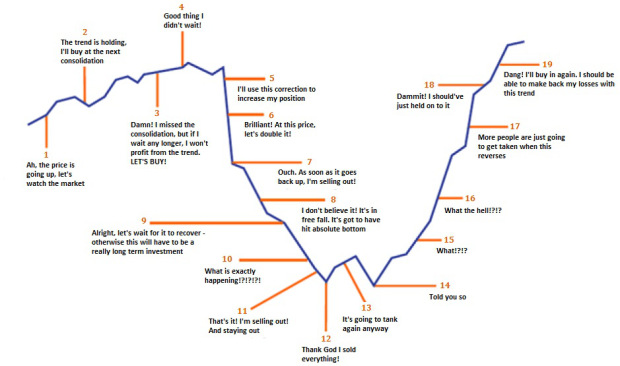[ad_1]
[Note: If you’re interested in this topic, please join me for a webinar next Wednesday, Feb. 27, at 3 p.m. ET. I’ll be joined by the fine folks from QS Investors.]
Each week I host an online chat here at ETF.com where I take pretty much any question from investors. I get simple questions (“What’s an ETF?”) and complicated questions (“How often to custodians need to be audited?”).
Because the sessions are moderated (by me), I can skip questions I don’t have a great answer for, and there’s one consistent sort of question I tend to leave on the cutting room floor: “Is now a good time to buy XYZ?”
I’ve been asked this question about gold, bitcoin, real estate and bonds. But often, it’s a simple question about timing the equity market. And if you happened to read my remembrance of Jack Bogle a few weeks ago (where I referred to my own investment philosophy as boring and forgetful), it should come as no surprise I’m not a big fan of market timing.
Danger Of Dollar-Cost Averaging
There are a lot of ways to think about the market-timing problem. Ritholtz Wealth Management analyst Nick Maggiulli penned a recent article looking at it from the perspective of a windfall investor.
In that framing, you have to decide between taking a mythical $1 million and getting it into the market now, versus slowly dribbling it into the market. The theory is that, by dollar-cost averaging over time, you’ll make some buys on days the market is down, and thus smooth out, or perhaps improve, your experience over time.
In that lens, Maggiulli concludes dollar-cost averaging is generally a bad idea:

But that only answers one version of this question: the choice between the lump sum into the 60/40 portfolio, or spreading out the lump sum. Importantly, this doesn’t suggest something like regular investing through a 401(k) plan is a bad idea. It simply says, “If you have the money, don’t wait to get it to work.”
Perfect Timing
The more insidious version of this is the question I regularly field: “is now … ?” It assumes the investor has a superpower: the ability to guess whether any given day is going to be the “right” day to jump in or to get out.
I’ve seen this sort of exercise in textbooks, but was curious what the real world looked like, so I ran the numbers.
For example, here’s what your returns look like in the S&P 500 since the March 2009 bottom, sliced four different ways: the market, the market minus the best 10 days, minus the worst 10 days, and minus all 20 outlier days:

While the market grew your $100 to $505, if you were a perfect market timer, you could have had $791 by skipping those 10 no-good-very-bad days. And if you were the worst market timer, and missed the very best 10 days, well, you would have only grown to $315. Skipping both sets got you pretty close to the overall market, at $493.
And then just for the last year:

Here, the market let you grow to $103.65, with a similar win/loss for your big bets.
[ad_2]
Source link

